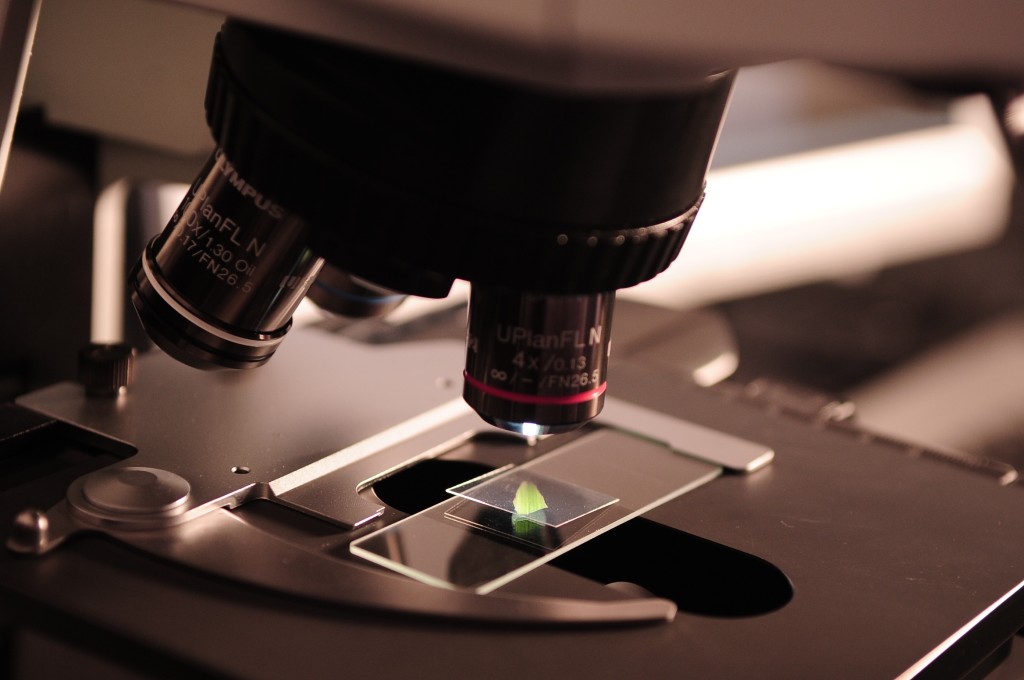The global pandemic COVID-19 (more commonly known as Coronavirus 2019) has been a major disruptor globally, from travel restrictions and event cancellations to impacts to supply chain and distribution shortages, a lot of what we do and how we go about doing it is being effected, which in turn is impacting the stock market and the bottom line for businesses. Finding ways to mitigate losses is going to be a major differentiator for companies looking to weather the crisis. Because of their ability to respond quickly and operate autonomously, one major mitigating factor receiving a lot of media attention has been the use of drones.
Although this is a novel situation for drones to be used, it is highlighting the value that drones inherently held all along—the ability to deliver goods and aid, to provide important high-quality data in hazardous conditions that would otherwise put humans at risk, and the ability to monitor our important resources from afar. By doing what drones do best, they are helping to mitigate exposure to the disease and address worker shortages, which only goes to highlight why regulations like BVLOS and flights over people are set to be game changers in the industry.
In the article below, Ariel Avitan, Co-Founder and CCO at Percepto, breaks down some of the keyways drones can help keep businesses operating and what this crisis reveals about our operating processes in general.
Autonomous Technology Can Mitigate the Business Impact of the Coronavirus

Author: Ariel Avitan, Co-Founder & Chief Commercial Officer at Percepto
The coronavirus has exposed the soft underbelly of critical infrastructure and industrial sites worldwide—workforce availability. As more and more companies implement business continuity plans to deal with the outbreak, fewer and fewer employees are able to fully function. When facilities don’t know who can and will show up for work, both planning and operations are seriously impeded. In Western Australia, for example, the coronavirus is potentially affecting some 60,000 fly-in, fly-out (FIFO) workers at remote mine sites and onshore and offshore oil and gas plants.
And this challenge is compounded by a flagging demand for commodities, oil, natural gas, ore, and other resources, as global industries and economies slow down or even grind to a halt. Given the ongoing price war between Saudi Arabia and Russia and the resulting price drops, the oil industry is particularly hard-hit, with companies bracing for lower revenues, diminished investment, and even large-scale layoffs.
Thus, even as companies are unable to produce at full capacity, they are also unable to sell at full capacity, leading many to take a much closer look at current and future operational expenses and efficiency.
This is leading many companies to rethink the role that autonomous technology, and specifically autonomous drones, can and should be playing in their operations.
Autonomous Drones: A Quarantine-Proof Team Member
Large industrial sites are high-value assets that require constant maintenance and monitoring—independent of both production volumes and market conditions. Even when production is slowed or stopped, and when maintenance personnel are unable to function or even show up at work, critical components still need to be closely monitored, security perimeters need to be maintained, and scheduled maintenance needs to be conducted. The alternative to such monitoring and maintenance can be not only costly but also deadly.
Autonomous drones are an essential part of the contingency plans that support business continuity. Drones are always available, even if operators are under quarantine, and can help alleviate the challenges associated with volatile market trends and workforce availability.
Multi-mission autonomous drones can conduct security, safety and inspection missions and be quickly and flexibly re-tasked to meet changing operational demands. This makes them a force multiplier since a single person operating autonomous drones can replace multiple security, safety and inspection employees.
Moreover, autonomous drones can be controlled remotely, from anywhere in the world. This means that, as long as companies have suitable regulatory permits, employees can work from home, yet operate autonomous drones as if they were on site.
Finally, even when a near-pandemic is not sweeping the globe, multi-mission, on-site autonomous drones have been proven to increase efficiency and reduce operational costs. By delivering consistent visual asset monitoring, autonomous drones provide true data-driven maintenance, which according to one study can result in up to 45% less downtime and up to 60% greater output or production. Without costly human pilots, autonomous drones provide a massive boost to existing efforts to improve preventative maintenance and reduce unexpected downtime, which can dramatically affect the bottom line in the best of times and help organizations better deal with the loss of revenues in the worst.
The Bottom Line
Although coronavirus will not, thankfully, be the new normal, it should be a business continuity wake up call. To adapt to the fluctuations of a truly global marketplace, companies need to prepare for all contingencies, including those where human employees cannot fulfill their roles on-site. Investment in autonomous technology today can help critical infrastructure and industrial companies smooth operational and financial bumps in the road both today and in the future.
















Comments